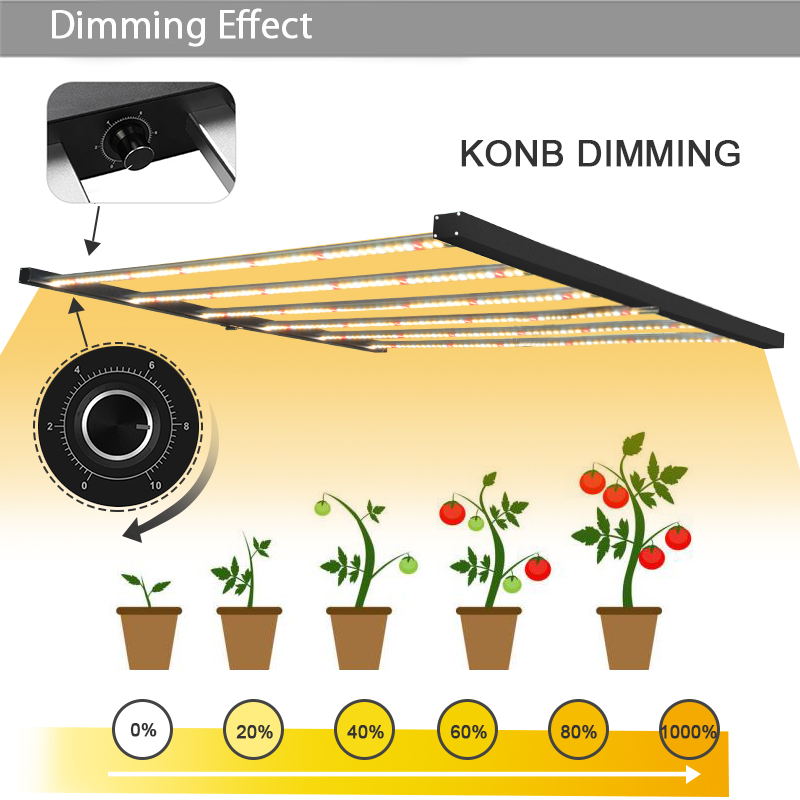Scientists "silicon" to do battery negative electric car battery life increased 10 times
Researchers at the University of Waterloo collaborated with GM's Global R&D Center to study the heat treatment technology of battery silicon anodes to solve the problem of excessive shrinkage and expansion of silicon anodes during charge and discharge.
This article refers to the address: http://
Researchers at the University of Waterloo have developed a new generation of battery technology that produces a stable, small-volume, long-life battery that can be used in electric vehicles, in addition to facilitating the installation of small wearable devices. Chen Zhongwei is a professor of chemical engineering at the University of Waterloo and the head of the entire project. His research by a team of graduate students is said to greatly improve the performance and service life of the battery. Lithium Ion Battery. The results of this research have been published in the journal Nature Communications.

Chen Zhongwei (second from left) and team members
How can researchers ensure long battery life when reducing battery size? The answer is that they use silicon as the anode material for the battery and solve the material drawbacks.
It is well known that graphite has been used for a long time as a negative electrode material in lithium ion batteries. However, with the improvement of battery technology, the material itself has gradually become a bottleneck in the development of battery performance. As the energy stored in graphite has reached the upper limit, research institutions have begun to turn to the search for new negative materials. One of the attempts is to use silicon as the battery negative.
In theory, the specific capacity of silicon materials is much larger than that of graphite materials. The ratio of the specific capacity value directly reflects the amount of electricity that can be discharged per unit weight of the battery. At present, the negative active material widely used in commercial lithium ion batteries is graphite, and the specific capacity is about 360 mAh/g. The theoretical specific capacity of silicon materials selected by the University of Waterloo is 4200 mAh/g, which is more than 10 times that of graphite. Chen Zhongwei said that this means that an electric car can last up to 500 kilometers on a single charge and is smaller and lighter than the current electric car battery, which can reduce the weight of the car body.
However, there are not a few attempts to use silicon as a negative electrode material for batteries. The reason why it has not been widely used so far is that some technical difficulties are difficult. We know that the safety of the battery anode material and the battery is also very much related, and the short board of the silicon anode material is that the safety is poor, and the volume of charge and discharge varies greatly. Each time the charge and discharge, the silicon material has a volumetric shrinkage expansion rate of up to 300%. Each increase and decrease in volume creates cracks, degrades the performance of the battery, causes a short circuit, and eventually causes the battery to stop working.
It is also a problem that researchers at the University of Waterloo have to focus on in the development of batteries using silicon materials. Professor Chen's team worked with GM's Global R&D Center to develop a heat treatment technology for silicon electrode electrodes that minimizes volumetric expansion during charging, thereby improving battery performance and lithium-ion battery cycle charge and discharge. This heat treatment technology creates a unique structure of silicon negative electrode, which can increase the charge and discharge cycle to 2000 times as the energy capacity of the battery increases.
The silicon negative battery is a research topic of Professor Chen. He said that this battery technology has the possibility of commercial mass production. The research team hopes to see new batteries enter the market before next year. The main projects he led the team's research include developing a new generation of clean, sustainable energy technologies with unique nanomaterials. In addition, they also focus on metal air batteries, lithium-sulfur batteries and various types of flow batteries.
Floding grow light has premium aluminum as body and heat sink,the heat dissipation is fast, but slight.
The light souce has Red, Blue, UV and IR. Blue wavelength promote the boots grow, leafy fast, Red promote blooming, flowering and fruiting.UV can kill harmful virus, IR can increase the red wavelength,make plants grow faster. Our led plant grow light is full spectrum light,can meet all the light and wavelength all the plants needs at any phases.
Our folding design make the lamp can be large size but also smaller size when folding.180 degress adjust design can make the packaging only 1/2 as extended.It helps protect the light source and make transportation easier.


Features:
High power brand Samsung led, Osram 660nm with high PAR values.
100-277VAC for industrial planting.
High PPFD VALUE PER unit area.
Full Spectrum LED Grow Light imitates nature sunlight at different period of plant growth.
Energy saving, environmental friendly.
Long time lifetime and rest assured after-sales service.
Applications
Hydroponics, Horticulture, Agriculture, Greenhouse, Indoor Garden and Basement.
Locations:Farm,Exhibition,Garden,Home,Urban,Bonsai,and University Lab
Growth of Fruits,Vegetables,Flowers and so on
Seeding,Rooting,Breeding,Flowering and Fruiting period

Grow Light Folding 8 Strips,F22White Led Grow Light,Very Low Light Plants,Led Grow Bulb
Shenzhen Zhenyang Century Technology Ltd. , https://www.growlightzy.com